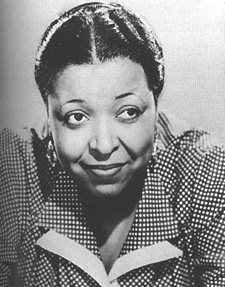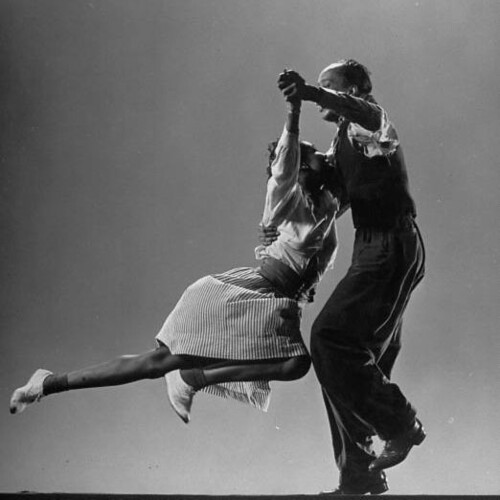 |
| Prop 8 sign |
As people, our convictions draw us to fight our family, friends and counterparts. In the movie “Brother to Brother”, the main character Perry and friend, Harlem Renaissance writer Bruce Nugent face the same scrutiny by their community. The struggle to balance being a black man and a gay man; to choose between one and the other to identify and advocate for is the struggle of many. The alienation that the characters dealt with comes from the fear of others and lack of acceptance in the tight-knit African American community. The combination of a strong, black heterosexual family model and heavy religious influence causes gay black men to be dejected from their community and make the decision to either isolate or identify strictly with their homosexuality.
Homosexuality is commonly rejected by heterosexual people. Many of those in opposition say that it threatens the constitution of marriage and the love that a man and woman are allegedly supposed to share. A real world example of this are the Yes on proposition 8 signs that stated in quotations “only the marriage between a man and women is valid or recognized in California” and campaign website “protectmarriage.com”. In the movie, the main character Perry deals with the trauma of being thrown out of his home by his father for being gay. He was discovered kissing another boy in his room, and his father burst through his room door and beat him ferociously. The character said that his father kept saying “not in my house!” He said that he felt as if his father was trying to beat his homosexuality out of him. This is a reality for gay people of all races, but for black men this dilemma is at a heightened degree of intensity because they are dejected by the majority of the black community and are forced to deviate from their racial identity, a community that is designed to keep its members safe and united.
In the movie, the character Perry also deals with the disapproval of his classmates in college who were studying about African American culture and social theory. When Perry began to talk about how black gay men were forced to bisect their struggles into gay and black, another classmate lashed at him, yelling vulgar and discriminatory exclamations about gay men. This confrontation was brought on because the man was taught by his community to have a distain for gay people and to ridicule and ostracize them completely. This is just an example of the internalized prejudice that is so poignant in the black community.
In the movie, the character Perry had an encounter with a man, who happened to be Black, on the public transit that said prayers for him, saving him from the sin of being gay. Perry made it clear that he was not interested in the man’s sermon, but he continued on to say that he loved all people, but did not love what they did. This encounter revealed the prejudice against homosexuals that Christian based religion promotes.
This factor was even more prominent during the Harlem Renaissance. The institution of religion played a stronger factor in the community, as the whole community was based around the church. In the Christian faith, it is believed a sin that anyone be homosexual. So, when writer Bruce Nugent began co-writing in a small magazine titled “Fire!!!” about his homosexuality, he became a reject in the rebellion. “If you wrote about being gay at that time, respect was the last thing you was goin’ a get” says the character portraying Nugent in the film. The struggle for community was more difficult in the Harlem Renaissance, because unlike Perry, Nugent couldn’t run from home. There was no place for a black man in the United States that was as safe from discrimination and violence caused by racism. There is a scene in the movie where Nugent, Langston Hughes and Zora Neale Hurston are arguing with what is believed to be other residents of Harlem about the content of “Fire!!!” The residents yelled “This is what proper Negros do with trash like yours!” and threw the magazine into a garbage can fire. This community organized censorship and oppression is just one example of the scrutiny that the gay community goes through.
Another case in which the constitution of race, particular black race and ethnicity is in aversion to the gay black man is the conflict of gay interracial relationships. This is indicated in the movie by an argument between heterosexual writer Eldridge Cleaver and gay writer James Baldwin. James Baldwin believed that relationships should not be dictated by social dynamics and conflicts, such as that between white and black people in the United States. Cleaver said in response, “You let the white man fuck you in the ass and do you know what that makes you? The lowest scum on Earth!” The movie later revealed that Baldwin sought sanctuary in France from the discrimination of race and sexuality that pervaded the United States. It became clear that if an individual slept with another man they were a sinner, but the social taboo of interracial homosexual relations was an act of the great base and the vilest atrocity a man could commit. The community of not only black pride activists but families and co inhabitants forced men like Baldwin to live life their way or the highway.
The strength and influence that the conventional black family model has on the black community enforces homophobia. For black gay men, such as those in the Harlem Renaissance, this isolation is dangerous because they are already rejected by the racism of their country. The main characters in the movie “Brother to Brother” are great representations of that rupture of identification. Their life stories and encounters with hatred that are so concentrated and specified to the dissection of race and sexuality are depicted in a way that allows the audience to begin to comprehend and empathize with their strife. Religion and the family model both play factors in their lives and their bout with identity. The institutions of a garden green and a picket fence, of a church and steeple, draw lines in the lives of Black homosexual men.







